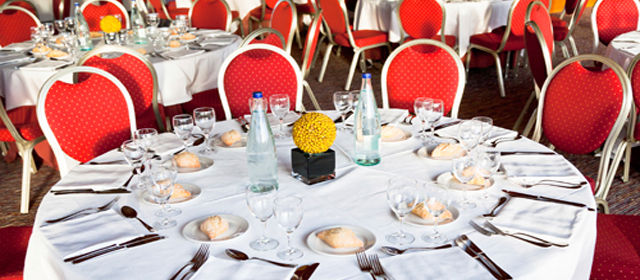As a nonprofit, have you ever stopped and wondered why you have a party planning department?
Sure, we call it all kinds of things. We call it a fundraising department or a development team, but the reality is that in the nonprofit world, where we are trying to solve many of the world’s worst problems, we spend an inordinate amount of time and money on planning parties. Often these parties are very successful. Organizations brag about how much money they made and you might even see pictures in local magazines or in the paper. Other times, they take the same amount of time, but only bring in a few dollars over the cost of putting the event on once you include staff time.
The real question to ask is whether, after the guests have left and checked out their silent auction items, are they any more committed to your mission than they were before they bought their ticket? The answer is no. Most people who attend special event galas only get a glimpse of what your mission is. In fact, many nonprofits who deal with some of the worst issues struggle with how to incorporate mission into an event where people are there to have a good time and not be depressed by the issue of abuse, hunger, or the ravages of some type of disease.
Events don’t really recruit long term donors and this is a problem. We know that traditionally, 80% of “gifts” are given by individuals and that is true internationally. Special events, in contrast, make up about 5-10% of most nonprofits’ budgets but consume about 80% of their time. Why then do we do them?
Special events do serve a purpose and engage people who might not otherwise know about your mission. But you have to be able to show a wider population how what your agency is addressing effects them. How many times have you heard that fundraising is all about relationships? While your event might work to gain attendees’ attention, do not mistake this initial awareness for the development of a true relationship. Meaningful relationships can’t be built in the middle of a big gala with silent auctions and big bands in the background. Developing that kind of relationship takes the continuing investment of your time and energy long after your event has ended.
In the article “First, We Kill All the Galas,” published in the Chronicle of Philanthropy this February, the author referenced a recent survey of nonprofit leaders at organizations with annual budgets between $10 million and $200 million, where 52 percent of respondents said galas are “productive” events—but only 25 percent termed them “very effective” at raising money. As an industry, we need to rethink how to raise funds while engaging people in our missions.
If you’re ready to get off the hamster wheel and start engaging donors rather than recruiting attendees, you need to change the way you message and raise funds. Consider more sustainable funding models such as social enterprise or a funding campaign that will help take your organization to the next level. Both engage the community to give as investors rather than as obligated attendees. No matter the direction you chose, next time a board member suggests that you have another event to raise funds, pause and suggest that perhaps it’s time to rethink planning another party.






